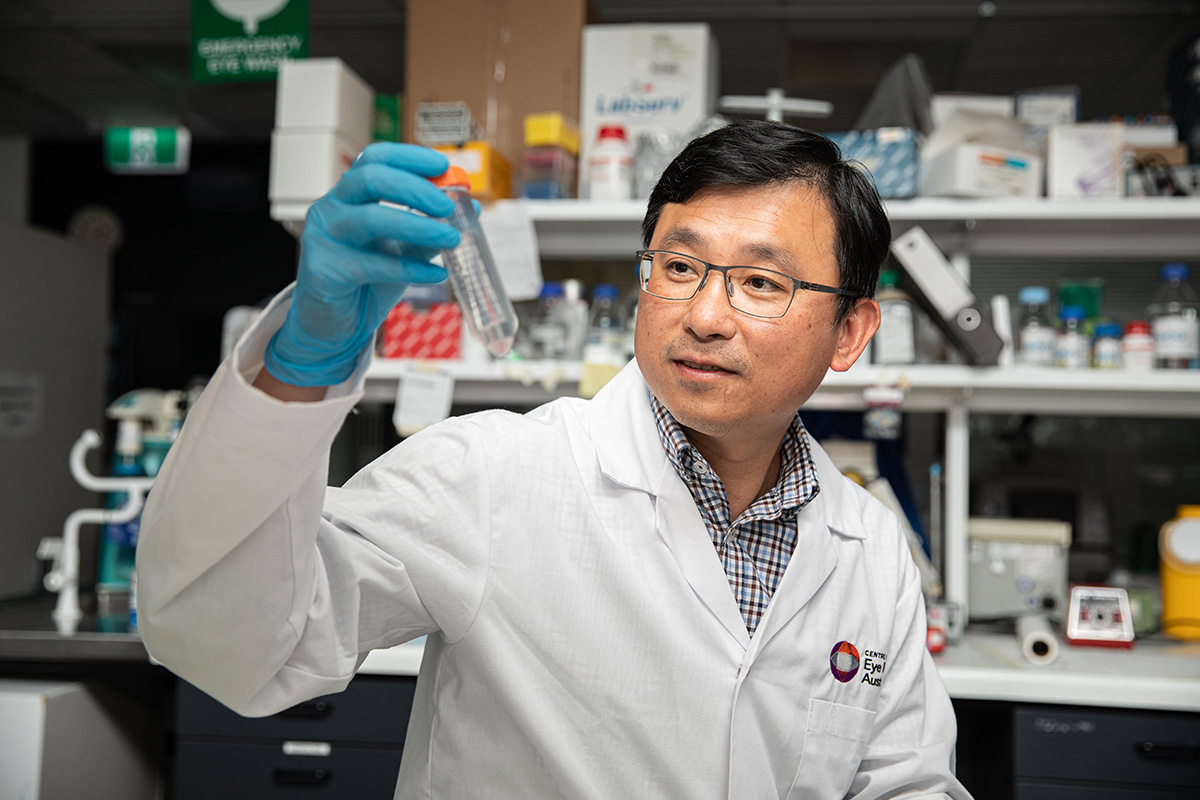
A new study, led by Associate Professor Guei-Sheung Liu, principal investigator and head of the Genetic Engineering Research Unit at the Australian Center for Eye Research, aims to understand what people know about genetic technology. I’m doing it.
His team is interested in understanding the factors that influence people’s undertaking of gene therapy now and in the future, and informing the scientific community about how future therapeutic communication should be done. increase.
“It’s a little unusual for a lab scientist to do this kind of research. We usually do research focused on understanding the biology of human cells,” said Liu. say.
“But now that we are introducing new technologies into treatment, we need to know how well the public understands these technologies and how they feel about them. We can think about introducing and integrating it into the healthcare system.”
New technology
Genetic technology is opening the door to new treatments for diseases previously thought to be untreatable.
Some gene therapies are already available to patients, but new technologies could change how future treatments are developed.
Understanding how the general public sees and understands these technologies is crucial for future development.
“In the last decade, there have been many developments regarding conventional gene therapy with the help of gene technology, especially in eye care, but there is still a growing concern about the use of gene technology for prevention, treatment and even cure by the general public. Little is known about what they think about diagnosing disease,” says Associate Professor Liu.
His current research is focused on using genetic technology to develop treatments for various inherited retinal diseases such as retinitis pigmentosa and Usher’s syndrome.
In both conditions, people are born with defective genes (instructions that tell cells how to behave), leading to blindness.
“Genetic technology is a cutting-edge method that could change the way we manage these conditions in the near future,” says Associate Professor Liu.
“New therapies are being developed to repair defective genes or replace them with functional ones to preserve cellular function. I really want to understand how you feel about it.”
The new treatments also have the potential to treat other common eye conditions such as diabetic retinopathy, age-related macular degeneration and glaucoma.
future goals
A previous study conducted at CERA explored how people with hereditary eye diseases view genetic testing and incorporate their lived experience into future research.
The new survey, now open to Australian residents aged 18 and over, explores what people know about genetic research and what influences their knowledge and decision-making, based on genetic technology. I am trying to understand the outlook for the future of medicine.
“As these treatments move from the benchside to the bedside, we want to know what people understand so that we can improve the way we communicate our work.” We can do that,” says Associate Professor Liu.
To participate in the survey and support our work, please visit the project information page.
CERA invites Australian residents over the age of 18 to share their views on the use of genetic technology in healthcare.
Collecting vital information about people with inherited retinal diseases, the Registry will help advance research into the most common causes of legal blindness in working-age Australians.
